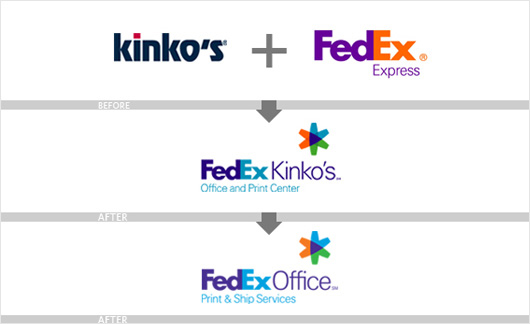Is your brand feeling less than fresh? Have your business objectives evolved over time? Are your marketing strategies falling on deaf ears? If you answered yes, it’s probably time for a rebrand. Rebranding isn’t just a simple update of your company logo. It’s a process that can take weeks or months. It involves a reassessment of your brand positioning, core values and business strategy. This sounds like a lot of work, but if you are looking for that competitive edge over other businesses in your industry, rebranding can give you just the advantage you are looking for.
When you are considering a rebrand, you must be fully committed to it. This is why working with the right branding agency is so important. Once you’ve chosen an agency, you must commit to working with them throughout the entire process. Severing this relationship is costly and inefficient. There are different types of rebranding, and the right agency can help you decide which one is appropriate for your business.
3 Types of Rebranding
1. Brand Refresh:
This type of rebranding is a refresh of your current brand; it is a tightening of your brand that keeps you up-to-date. A refresh is used when your company’s logo and image have become outdated and/or there has been a slight shift in your goals and objectives. Your branding agency will apply this refresh throughout your company, updating all print materials, websites, retail environments and packaging design.
The evolution of Apple’s logo is an interesting example of a refresh.

2. Brand Merger
A brand merger combines two or more brand platforms into one. This occurs when there is a merger or acquisition, or when your company undergoes new management. In some cases, the merger is a good fit, and the rebranding comes naturally. An example of this is when you can combine two existing logos to make one cohesive image. However, if the two brands don’t work well together, you may be better off to undertake a full rebrand.
Kinko’s and FedEx is one example of a brand merger.

Image Credit: PRNT.D
3. Full Rebrand:
A full rebrand is the whole works. It involves a new approach, and a strategic direction for your entire brand platform. A full rebrand sometimes occurs when there is a shift in the leadership position of your company. In other instances, there might be a change in your products or services, or an expansion of your company into another sector of the market. Most of the time, a full rebrand is required when your current brand is failing to connect with your audience. This keeps your company from reaching its maximum potential. A full rebrand helps your company re-establish your brand image in the market, recreating that connection to your target audience.


